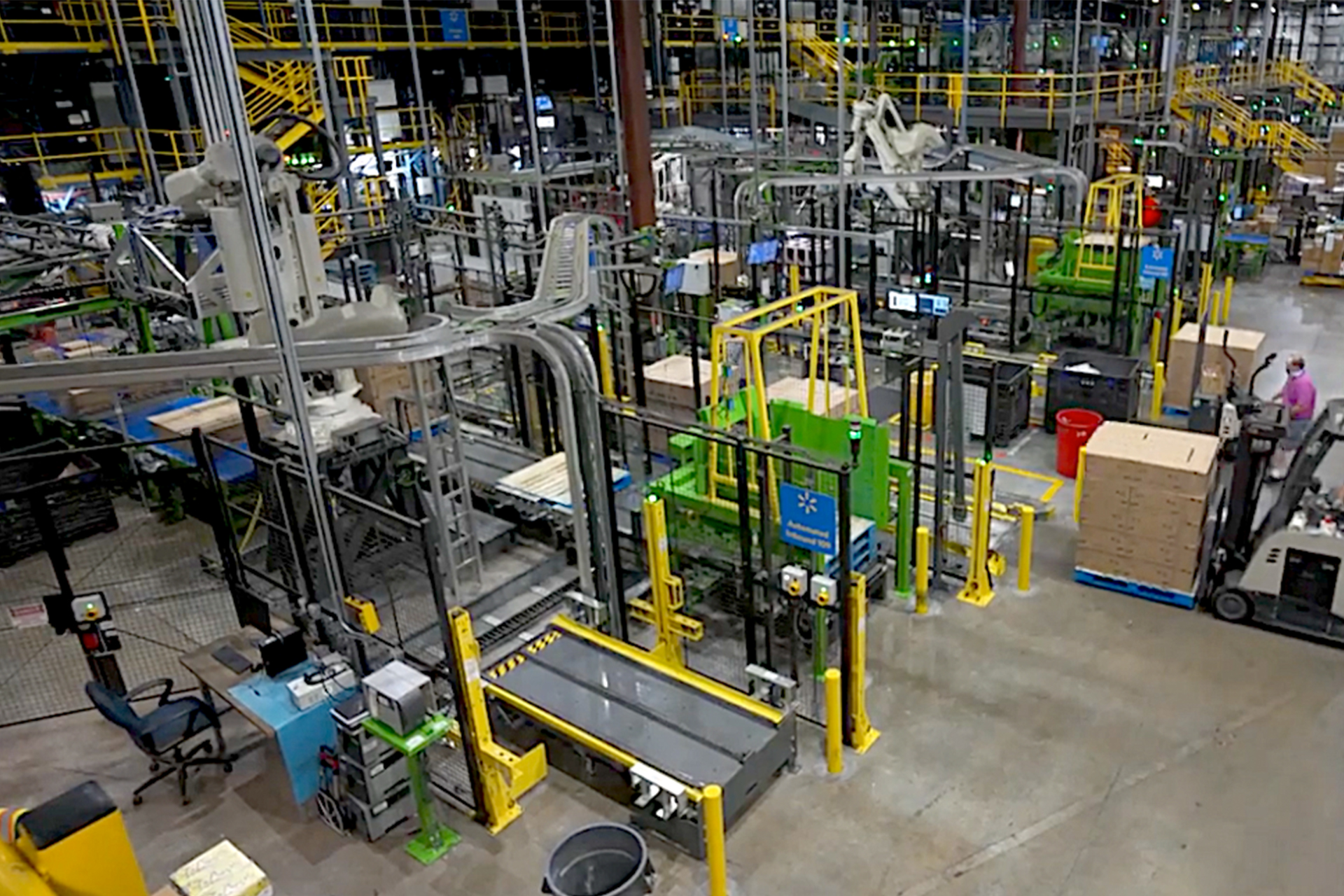According to the Manufacturing ISM Report On Business from the Institute for Supply Management Manufacturing Business Survey Committee, economic activity in the manufacturing sector grew in March, with the overall economy achieving a 22nd consecutive month of growth.
The March Manufacturing Purchasing Managers Index registered 57.1%, a decrease of 1.5 percentage points from the February reading of 58.6%, Timothy Fiore, chair of ISM’s Manufacturing Business Survey Committee, stated. The over 50 figure indicates expansion in the economy, this for the 22nd consecutive month after a contraction in April and May 2020. Still, it is the lowest reading since September 2020, when it was 55.4%.
Fiore added:
“The New Orders Index registered 53.8%, down 7.9 percentage points compared to the February reading of 61.7%. The Production Index reading of 54.5% is a four-percentage point decrease compared to February’s figure of 58.5%. The Prices Index registered 87.1%, up 11.5 percentage points compared to the February figure of 75.6%. The Backlog of Orders Index registered 60%, five percentage points lower than the February reading of 65%. The Employment Index figure of 56.3% is 3.4 percentage points higher than the 52.9% recorded in February. The Supplier Deliveries Index registered 65.4%, a decrease of 0.7 percentage point compared to the February figure of 66.1%. The Inventories Index registered 55.5%, 1.9 percentage points higher than the February reading of 53.6%. The New Export Orders Index reading of 53.2% is down 3.9 percentage points compared to February’s figure of 57.1%. The Imports Index registered 51.8%, a 3.6-percentage point decrease from the February reading of 55.4%.”
The consensus of supply management professionals that constitute the ISM survey panel suggests that the manufacturing economy in the United States, “remains in a demand-driven, supply chain-constrained environment,” Fiore pointed out. “In March, progress was made to solve the labor shortage problems at all tiers of the supply chain, which will result in improved factory throughput and supplier deliveries. Panelists reported lower rates of quits and early retirements compared to previous months, as well as improving internal and supplier labor positions. March brought back increasing rates of price expansion, due primarily to instability in global energy markets. Suppliers are not waiting to experience the full impacts of price increases before negotiating with their customers. Panel sentiment remained strongly optimistic regarding demand, with six positive growth comments for every cautious comment, down from February’s ratio of 12-to-1.”
Overall, demand expanded, with the New Orders Index staying in growth territory, supported by weaker gains in new export orders, the Customers’ Inventories Index remaining at a low level and the Backlog of Orders Index continuing in strong growth territory, Fiore maintained. In addition, consumption, measured via the Production and Employment indexes, advanced during the period, though at a slower rate than previously, with a combined minus-0.6-percentage point change to the Manufacturing PMI calculation. At the same time, the Employment Index expanded for the seventh straight month. Panelists noted that their ability to hire continued to improve, to a greater degree than in February. Challenges with quits and retirements, and resulting backfilling continue to hurt panelists’ efforts to adequately staff their organizations but to a lesser extent versus February.
Yet, amid signs of staffing and supplier delivery improvements, production expanded at disappointing levels, likely due to timing issues. Inputs — expressed as supplier deliveries, inventories and imports — have continued to constrain production expansion. The Supplier Deliveries Index slowed again but at a slightly slower rate in March. The Inventories Index gained at a slightly faster rate and the Imports Index advanced at a slower rate. The Prices Index increased for the 22nd consecutive month, Fiore observed, with the growth at a dramatically higher rate versus February.
“Five of the six biggest manufacturing industries — Food, Beverage & Tobacco Products, Machinery, Transportation Equipment, Chemical Products and Computer & Electronic Products — registered moderate-to-strong growth in March,” Fiore indicated. “Manufacturing performed well for the 22nd straight month, with demand registering slower month-over-month growth, likely due to extended lead times, and consumption softening slightly, due to labor force improvement. Omicron impacts are being felt by overseas partners, and the impact to the manufacturing community is a potential headwind.”
Fifteen manufacturing industries reported gains in March led by Apparel and followed in descending order by Leather & Allied Products, Furniture & Related Products, Food, Beverage & Tobacco Products, Electrical Equipment, Appliances & Components, Miscellaneous Manufacturing, Machinery, Textile Mills, Transportation Equipment, Fabricated Metal Products, Paper Products, Chemical Products, Computer & Electronic Products, Nonmetallic Mineral Products, Primary Metals, and Plastics & Rubber Products. Wood Products and Petroleum & Coal Products reported March decreases.





